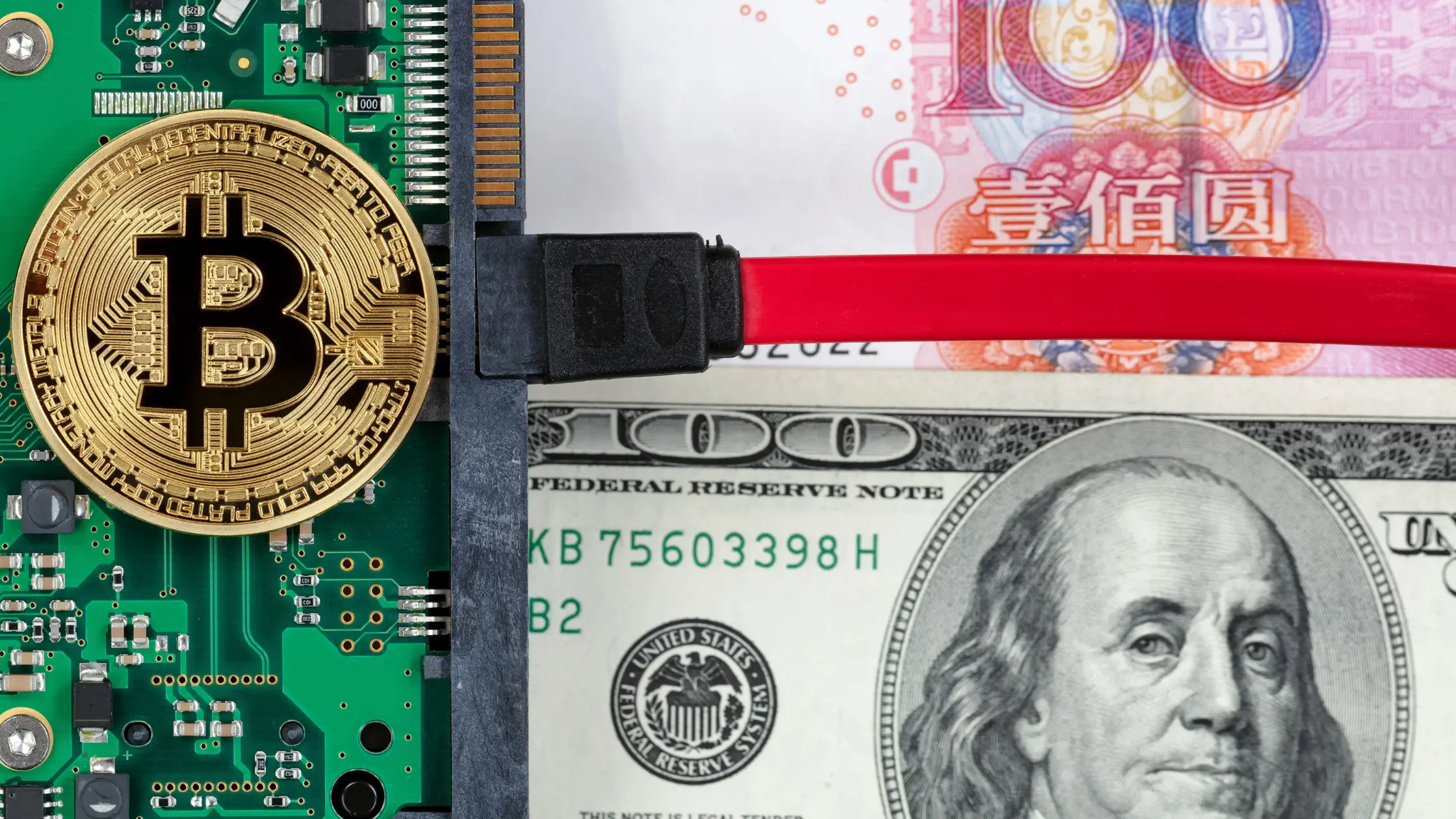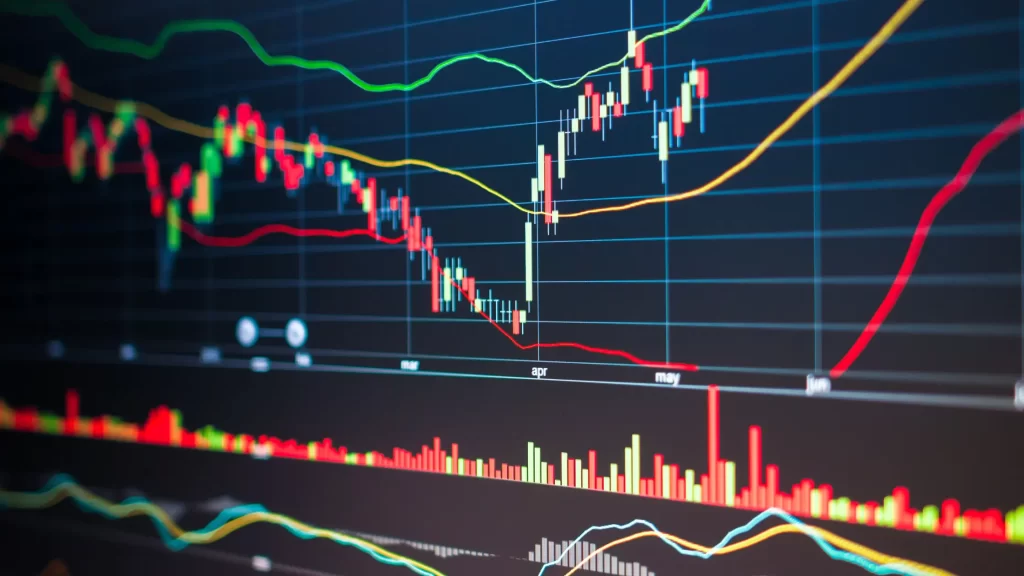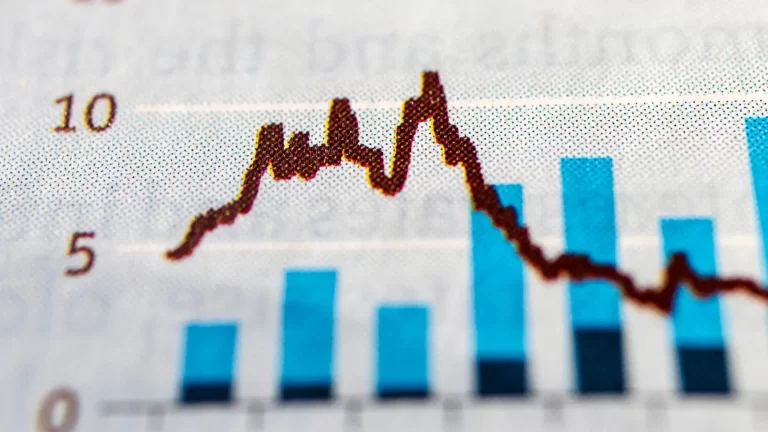The Federal Reserve’s Rate Cut: Impact on Bitcoin and Digital Asset Markets

When the U.S. Federal Reserve (Fed) cuts interest rates, the financial world holds its breath, and markets prepare to react. The Fed’s rate decisions ripple far beyond traditional assets, profoundly influencing Bitcoin and the broader digital asset market. In 2024, a climate of cautious optimism surrounds these moves, particularly as rate cuts signal a shift in monetary policy. But what exactly happens when the Fed pulls the lever on a rate cut, and how do cryptocurrencies like Bitcoin respond?
The Traditional Market Response
Historically, the Fed cuts rates to lower borrowing costs, stimulate economic activity, and stave off deflationary pressures. Investors and traders often see rate cuts as a green light to buy the dip in financial markets, anticipating a surge in asset prices due to looser monetary conditions. Stocks, bonds, and other risk-on assets often see increased inflows as lower rates make alternative investments, like government bonds, less attractive.
The situation today is more nuanced than in years past. The main issue with the economy is actually short-term interest rates being too high. The aggressive reduction by 0.5% surprised investors, pushing markets like the S&P 500 and the Dow to new heights. Treasury yields, meanwhile, have fluctuated significantly, retracing earlier gains as the 10-year note yield dipped after the Fed announcement.
However, as rates decrease, the government’s cost of servicing debt also declines, which may encourage more spending. And with spending comes the risk of inflation, which brings us to the core question – how do these dynamics impact Bitcoin?
Bitcoin: The Canary in the Liquidity Mine
Bitcoin, often seen as the digital counterpart to gold, responds acutely to changes in liquidity conditions. Unlike gold, however, Bitcoin is far more sensitive to shifts in the global macroeconomic environment, especially when the Fed adjusts its monetary policy. As traditional markets bask in the glow of rate cuts, Bitcoin’s price tends to rise in tandem, fueled by the influx of liquidity into the system. This is not a one-to-one correlation, but rather a response to the broader availability of capital seeking higher returns in riskier assets.
In 2023, after the Jackson Hole symposium, where Fed Chair Jerome Powell hinted at a possible pause in rate hikes, Bitcoin saw choppy action, with prices oscillating before rallying as liquidity surged back into the market. This reaction was not a fluke. Liquidity is Bitcoin’s lifeblood – when dollars are abundant, the price of Bitcoin tends to rise as investors shift from low-yielding assets to higher-risk, higher-reward assets. This pattern became evident again after U.S. Treasury Secretary Janet Yellen’s November 2023 liquidity injection, which caused Bitcoin to reach new highs by March 2024.

The Pavlovian Response: Buy the Dip?
Some observers compare market participants’ reactions to rate cuts to Pavlovian conditioning – trained by years of easy money policies, investors expect markets, especially risky assets like Bitcoin, to surge when rates drop. The logic here is simple: as borrowing becomes cheaper, capital flows increase, driving asset prices higher. This behavioral response, however, is more than a reflex; it’s rooted in the broader fiscal landscape.
But what happens when the fundamental conditions shift? During the post-COVID-19 era, inflation spiked due to unprecedented government spending. As some economists have highlighted, inflation was primarily driven by increased government expenditure rather than solely by monetary policy. Even as the Fed hiked rates aggressively, inflation persisted, and long-term yields remained subdued. The market’s assumption that rate hikes would curb inflation began to falter.
This paradox – where inflation remains high despite rate hikes – poses a unique challenge to Bitcoin and the broader digital asset ecosystem. As the Fed cuts rates, inflationary pressures from government spending might resurface, potentially pushing Bitcoin higher as investors seek refuge in scarce assets immune to inflation.
A Volatile Relationship: Bitcoin and Liquidity Conditions
It’s important to recognize that Bitcoin’s volatility makes its price action particularly sensitive to changes in liquidity conditions. During the August 2023 Powell Payroll Pivot, Bitcoin surged to $64,000 but quickly gave back 10% in the following weeks as liquidity conditions shifted. This kind of price movement reflects Bitcoin’s heightened sensitivity to dollar fiat liquidity, as it functions somewhat like a barometer for global financial conditions.
When liquidity tightens, Bitcoin prices tend to fall. Conversely, when liquidity expands, such as through rate cuts or government spending, Bitcoin often benefits from the renewed risk appetite. In this way, the Fed’s actions on rates indirectly shape Bitcoin’s trajectory.
How Rate Cuts Could Shape Bitcoin’s Future

Looking ahead, the future of Bitcoin in a rate-cutting environment is both exciting and uncertain. If the Fed continues to lower rates, we might see a scenario where Bitcoin benefits from increased capital flows as investors seek alternatives to underperforming assets like bonds and traditional equities. But there are risks. If inflation spikes again due to government spending, long-term yields on Treasury bonds could rise, posing a threat to financial markets and causing short-term volatility in Bitcoin’s price.
The U.S. dollar index’s movements (DXY) are crucial to understanding Bitcoin’s price behavior. When the dollar weakens in response to rate cuts, Bitcoin and other digital assets often experience upward momentum.
Yet, these scenarios remain speculative. The broader economic environment – rising inflation, government spending, and geopolitical tensions – adds complexity to the picture. In many ways, Bitcoin remains both a hedge against inflation and a risky asset that responds to macroeconomic shifts.
Navigating a New Era
Should we buy bitcoin? The Fed’s rate cuts introduce both opportunities and risks for Bitcoin and digital assets. For investors, understanding how these monetary shifts impact liquidity, inflation, and market sentiment is critical. While Bitcoin’s future is tied to the broader economic landscape, its unique position as a decentralized asset allows it to thrive in an environment where traditional assets may falter.
As the financial world adjusts to the Fed’s latest moves, one thing is clear: Bitcoin is no longer an outlier in the global financial system. It is a key player, and its price movements will continue to reflect the delicate balance between liquidity, risk, and reward. The Fed’s rate cuts, while signaling a shift in traditional markets, also mark the beginning of a new chapter for digital assets – one where Bitcoin may finally emerge as the true hedge against an uncertain economic future.





